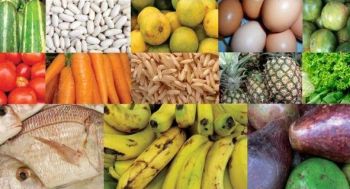A cross-sectional study on minimum dietary diversity and anthropometric status of women of reproductive age (15–49 years) in Ikwuano Local Government Area, Abia State Nigeria
Abstract
Introduction and Objective: To prevent nutrient deficiencies and chronic diseases, women of reproductive age (WRA) (15–49 years), need to eat a diversified and adequate diet for the provision of micronutrients and phytochemicals. The purpose of the study was to conduct a seven-day assessment of the minimum dietary diversity (MDD) and anthropometric status of WRA in Ikwuano Local Government Area.
Methodology: A community-based cross-sectional study design was used among 208 consenting WRA from 8 communities in 2 clans of the LGA. A semi-structured 7-day recall questionnaire that measured MDD for women (MDD-W) was used. A score of 5 (out of 10) food groups was considered to be an adequate MDD. The WRA’s body mass index (BMI) and waist-hip ratio (WHR) were evaluated, and BMI was calculated and compared with standards. The data were analyzed using descriptive statistics (frequency and percentage), the paired sample t-test, and Spearman Correlation, while the level of significance was set at p < 0.05.
Result: About 51.0% of sample women achieved MDD, 29.8% were underweight, 14.4% were overweight and 7.2% were obese. There was a significant difference (p < 0.05) in the mean value between day 1 (4.45) and day 7 (4.75) in the MDD of these women. BMI was higher among those who were unemployed, and MDD scores were significantly higher when the WHR was higher.
Conclusions: Most of the respondents achieved MDD, which also contributed to higher WHR. Unemployment was strongly linked to higher BMI status among these respondents.

Authors retain all copyrights. In making a submission to World Nutrition, they are certifying that all material is theirs except quotations, as indicated, and that they have obtained permission for any photos, tables, or graphics taken from other publications or websites.




